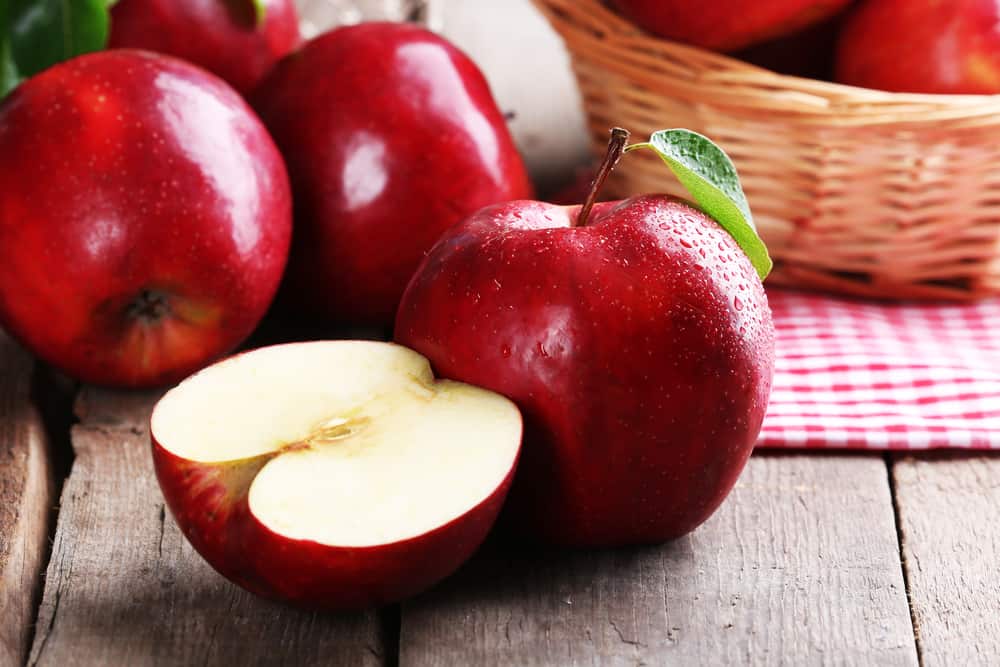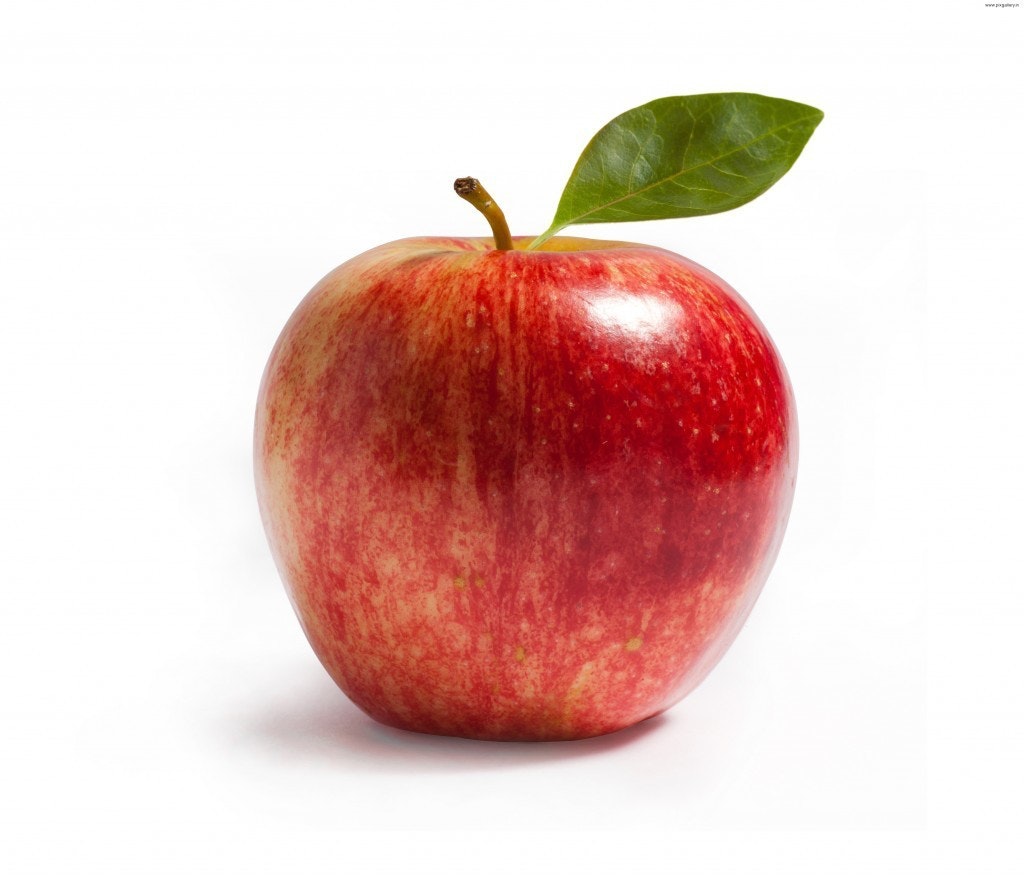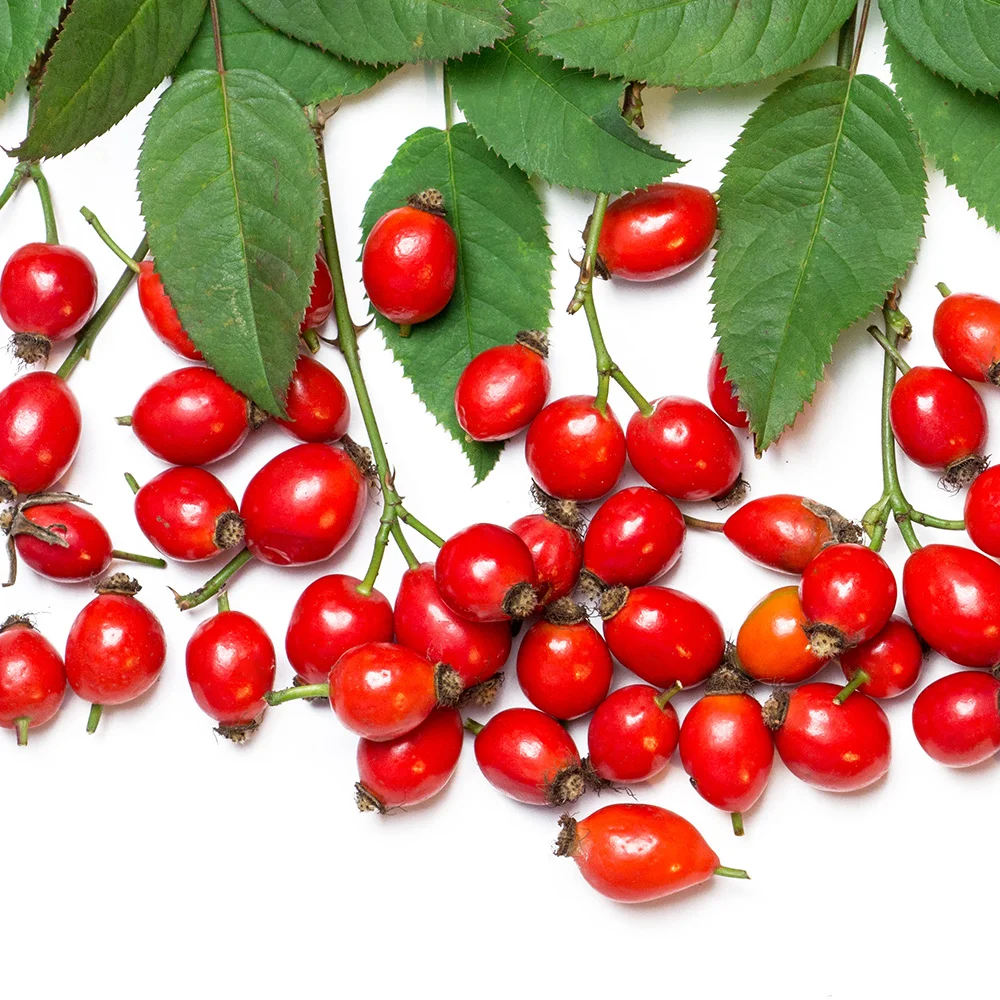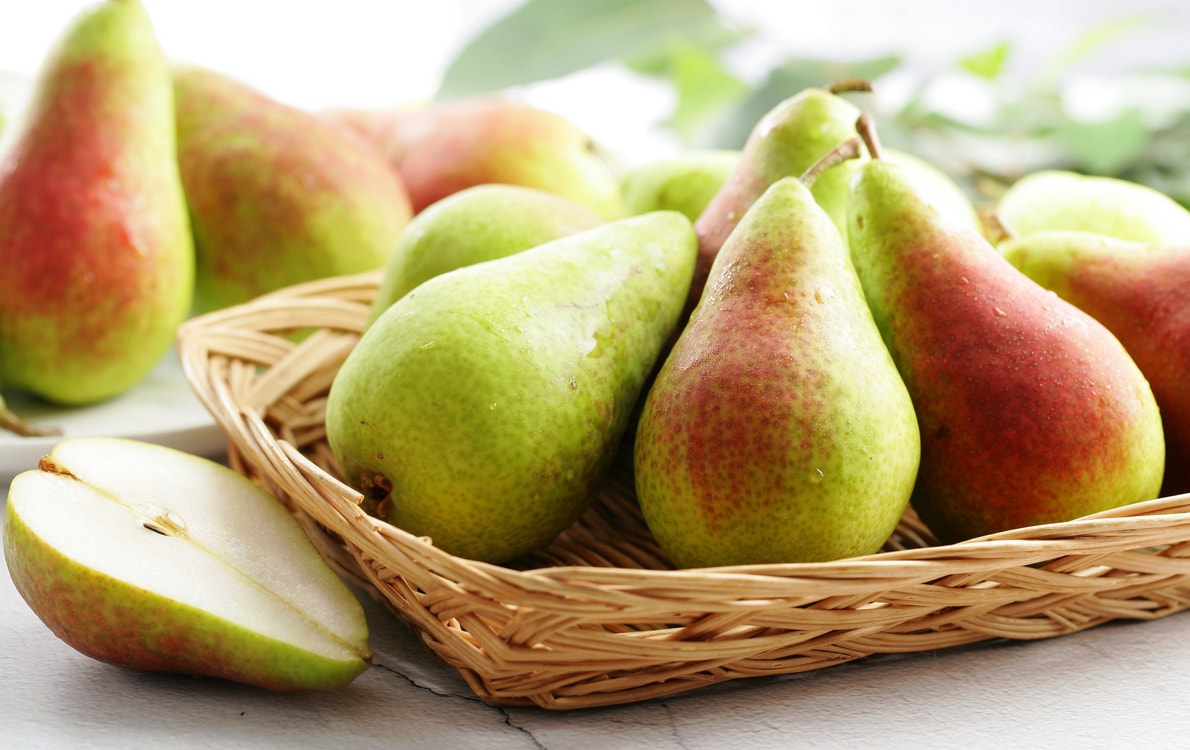The Apple (Malus domestica)
The apple, scientifically known as Malus domestica, belongs to the Rosaceae family under the genus Malus. It stands out as a crucial temperate fruit tree worldwide due to its highly nutritious fruits.
Fruit Characteristics
An apple’s fruit is technically a pome, which develops from the flower’s receptacle. Its structure includes:
- Outer skin layer (peel)
- Middle fleshy part (flesh)
- Inner core containing seeds
Apples come in various shapes such as round, oblate (flattened at both ends), or elliptical. Their size and weight differ across varieties. Skin colors range widely from red to green to yellow along with various intermediate shades and stripes. The flesh texture also varies among varieties—ranging from crisp to mealy to dense.
Diverse Varieties
Apples boast one of the highest numbers of cultivated varieties globally. Each variety offers distinct flavors and characteristics. Some internationally acclaimed varieties include:
- Fuji: Celebrated for its high sugar content, crispness, and excellent storage life.
- Gala: An early-season apple known for its bright red color; sweet with an aromatic flavor.
- Red Delicious: Recognizable by its deep red hue; elongated shape; sweet & juicy.
- Granny Smith: Notable for its vibrant green peel; tartness & crisp texture; refreshing taste.
- Golden Delicious: Known for its golden-yellow skin; high sweetness level; mild flavor profile.

Nutritional Value & Health Benefits
Apples are packed with nutrients including carbohydrates (like fructose/glucose/sucrose), dietary fibers along with several vitamins (notably Vitamin C & some B vitamins) plus essential minerals such as potassium. Moreover, they’re rich in phytonutrients, especially polyphenols, which possess antioxidant properties.
Studies suggest moderate apple consumption may offer health benefits like supporting cardiovascular health or enhancing gut functions.
Global Distribution & Cultivation
Apples thrive across temperate zones worldwide—with major production hubs in China, USA, Europe, etc.—adapting well but flourishing best under ample sunlight, optimal temperatures, and well-drained soil conditions.



